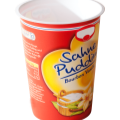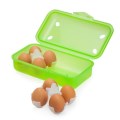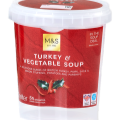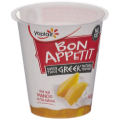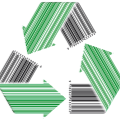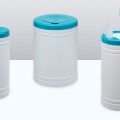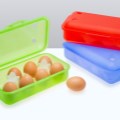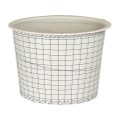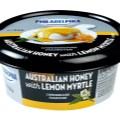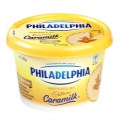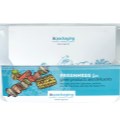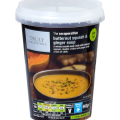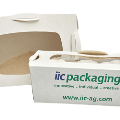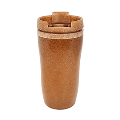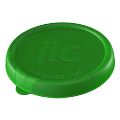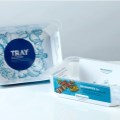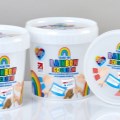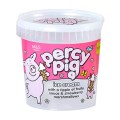If this is your company, CONTACT US to activate Packbase™ software to build your portal.
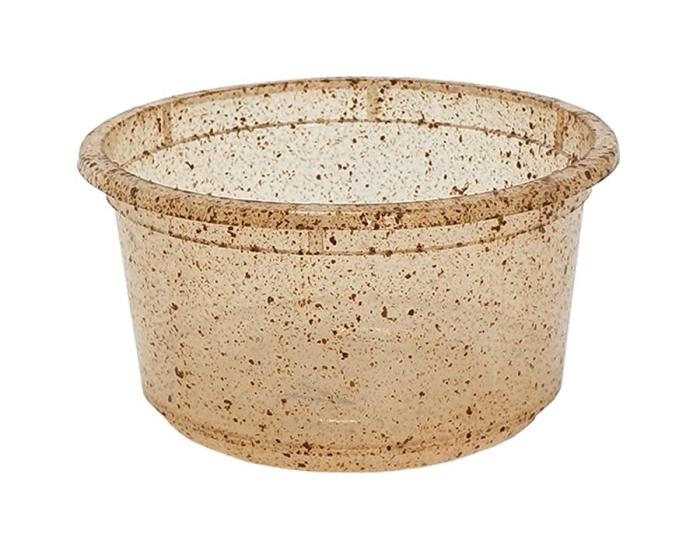

All packaging produced by IIC is also available in bioplastics. The term bioplastic refers to both biodegradable plastics and plastics made from renewable biological raw materials (biobased). These can be obtained from materials such as sugar cane, corn, cassava and olive seeds. We have been successfully researching and developing new bioplastics for several years and are happy to discuss the possibilities and opportunities.
Characteristics of bioplastics
Bioplastics are undergoing constant development and their use is often limited to specific shapes. IIC has the experience and expertise to guide you to the best options for your bioplastic packaging.
There are many advantages to our bio-based plastics packaging:
- produced from renewable raw materials
- partially biodegradable
- reduced greenhouse gas emissions
- conservation of fossil resources
- recycling of by-products
Three biobased plastics
Thermoplastic starch (TPS)
TPS is a thermoplastic biopolymer in which starch from corn, potatoes or tapioca is processed into granules. With a market share of 80%, TPS is one of the most important bioplastics. It is biodegradable and is used in packaging such as trays, dishes and cups. In our study we investigated the characteristics of TPS based on Tapioca starch. It was found that the material has a lower mechanical strength and lower thermal characteristics than PLA. However, it has a significantly lower carbon footprint than most bio-based materials.
Learn about TPS and its properties.
Bio-Polyethylene based on Sugar Cane (Bio-PE)
Sugar cane is also suitable as a basic raw material for bioplastic. In our test, the material showed very good chemical characteristics and is resistant in a low-acid environment. Bio-PE is mainly bio-based – but not biodegradable. It has a low CO2 footprint (0.256 kg CO² per kg) and a good barrier. It is therefore suitable for products with a long service life such as buckets, closures or household products.
Learn about sugar cane bio PE and its properties.
Polylactic (PLA)
PLA is produced by polymerisation from lactic acid, which in turn is obtained from the fermentation of sugar and starch. PLA can be produced as a rapidly degradable plastic or as a variation that will last for years. The disadvantage is the low softening point of 60°Celsius, which makes the plastic unsuitable for hot products (cups, dishes, …). In our PLA material good flow behaviour is shown, therefore making it suitable for packaging applications.
Learn about PLA and its properties.

